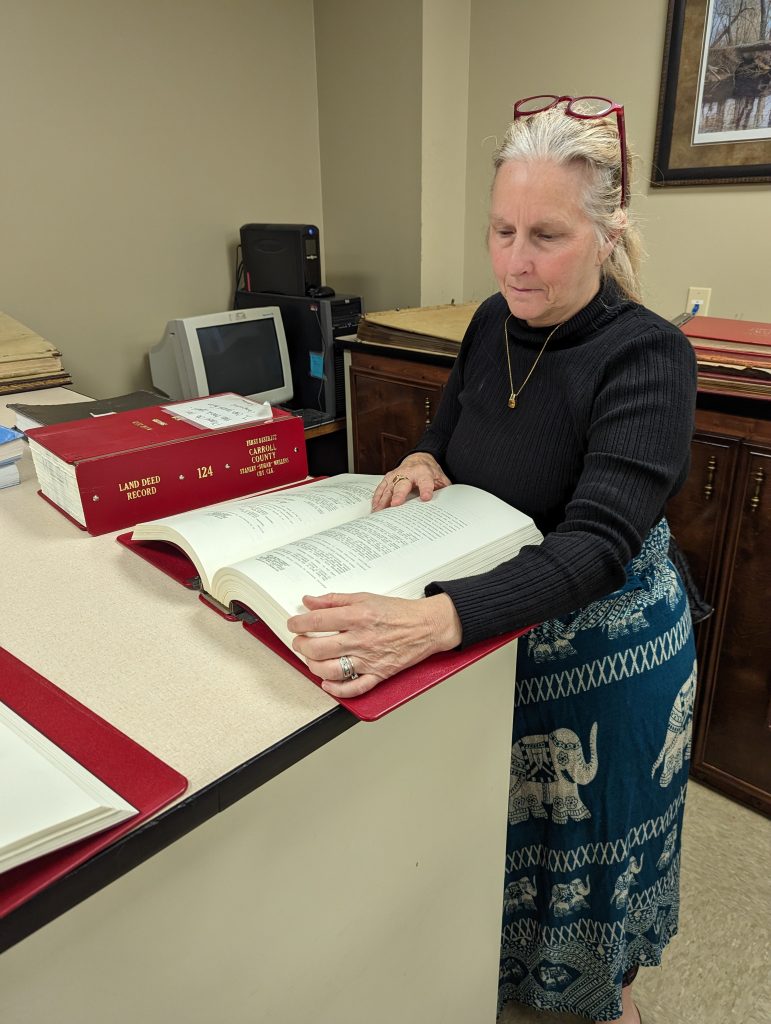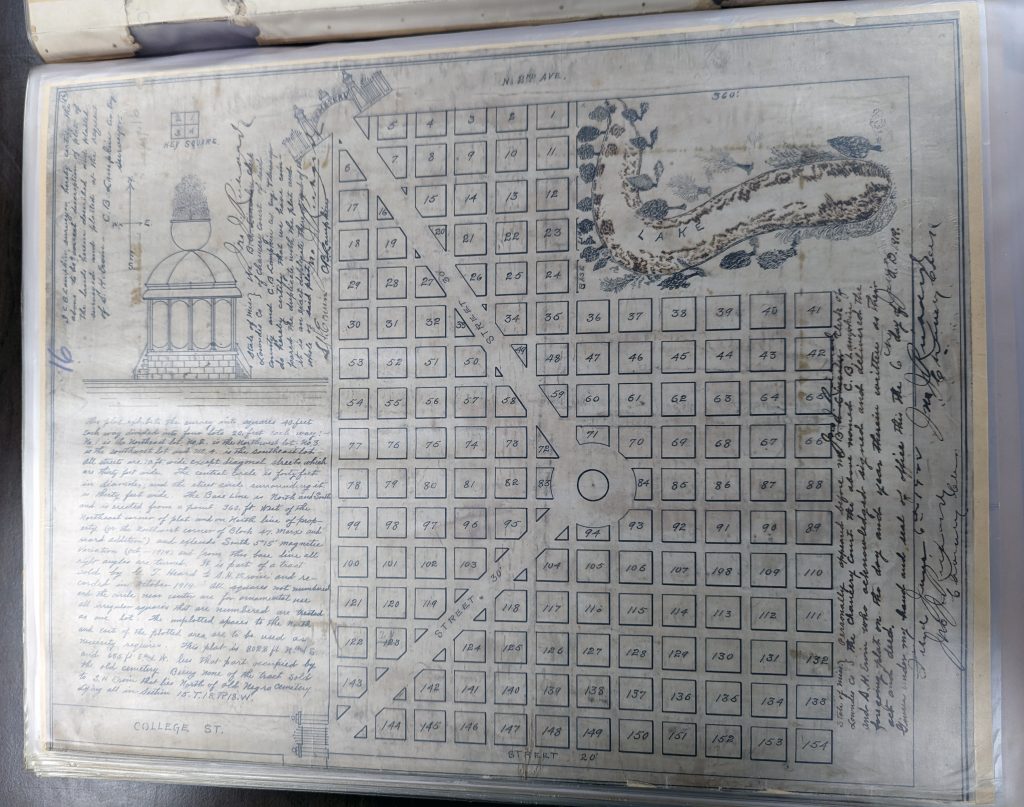Evans’ work for memorial fund examines history of Columbus, state
Sit down. Relax. Settle in. Patricia Shannon Evans (née Broocks) has a story to tell.

Don’t worry. You’re in good hands because Evans has done the painstaking research and crisscrossed the state of Mississippi through her work with the Mt. Zion Memorial Fund (MZMF) so she can relate the stories of the unknown and those who have been lost to time.
Most importantly, Evans’ passion for her work draws you in and blurs the passage of time – and introduces you to people and things you never knew.
“I have always been surrounded by history,” said Evans, who grew up in Columbus and received two degrees from Mississippi University for Women. “My mother (Pat Broocks) was a journalist, and I have been a writer for most of my life. What is the old saying about the South? You can’t shake a tree without a writer falling out of it. Everyone has a writer in their family.”
Evans’ latest work for the MZMF is a story about the white supremacist violence and turmoil that plagued the political career of Robert Gleed, an African American politician from Lowndes County who served as state senator and Columbus alderman during Reconstruction.
Evans’ writing and her work on a WebAtlas of African American cemeteries in the state of Mississippi is funded in part thanks a grant from the American Historical Association, the National Endowment for the Humanities and the Mississippi Delta National Heritage Area. It is part of the mission of the MZMF, which was named after Mount Zion Missionary Baptist Church outside Morgan City (MS). Organized in 1989 by Raymond “Skip” Henderson, the fund memorializes the contributions of numerous musicians interred in rural cemeteries without grave markers and serves as a conduit to provide financial support to black church communities and cemeteries in the Mississippi Delta. The MZMF erected 12 memorials to blues musicians from 1990 to 2001.
Evans, who joined the organization full time last May and is its vice president, earned an undergraduate degree in English from The W in the 1990s. Last July, she graduated from the school’s MFA in Creative Writing program. She returned to Columbus after years of living in Kuwait, Texas, New York, California, Mexico, Washington and The Netherlands in part due to COVID-19. The decision has allowed her to delve deeper into the history of the city of Columbus and the state of Mississippi.
“If you live in Columbus you’re surrounded by history,” Evans said.
Evans credits Carl Butler, who was her history teacher at S.D. Lee High, for instilling a love for learning and Columbus in all his students. In fact, she remembers reenacting ghost stories and various tales at his antebellum home during Pilgrimage.
Today, Evans is diving back into story telling after working for years as a narrative non-fiction writer. A graphic novel about blues musician Charley Patton that she collaborated on with graphic artist Csaba Mester is in production. She said she then started to help MZMF by writing grants and then was asked to join the organization on a full-time basis as a researcher and a writer.

Dr. T. DeWayne Moore, the executive director of the MZMF, said the organization has expanded the scope of its fundraising and operations. He said the MZMF wanted to hire Evans as a full-time researcher/writer because it knew she could help further its mission to promote the inclusive and responsible practice of memorialization and historic preservation in African American communities.
“For a long time, I wanted to expand upon our efforts to preserve and maintain African American cemeteries by creating a WebAtlas to document the locations and histories of African American cemeteries in this state,” said Moore, an assistant professor at Prairie View A&M University, a Historically Black College/University in Texas. He lists The Black Freedom Struggle and Blues music as areas of interest. “Since Shannon had the time to devote to the project, and I had the resources to create the WebAtlas at Prairie View A&M University, we drafted proposals for the seed money required to initiate the project. Since June 2022, we have added over 226 sites in three counties to the WebAtlas, and we plan to continue soliciting input in the future from churches and community members using our ArcGIS input surveys.”
Moore said Evans has done an “amazing” job helping the MZMF promote its participatory research, but he said there is a long way to go. He said local communities can participate in the project to ensure every cemetery is added to the WebAtlas by going to the following link: https://mtzionmemorialfund.com/tellusyourstory/
Evans credits Dr. Ginger Hitt and Dr. Bridget Smith Pieschel for sharpening her writing skills when she was an undergraduate student at The W. She said Dr. Brandy Wilson and Dr. Ellen Ann Fentress assisted her with a set of short stories in a fictitious Southern town during her MFA residency at The W. Evans said all four helped her understand how to take “dry” content and bring it to life in a way that engages all audiences.
Evans, who calls herself a “nerd,” has developed a writing style that makes it look easy. She said she will continue to do research and to write articles for the MZMF website. She also said she would love the city of Columbus to apply for grants – she said she would help write it, too — that would help it and its citizens preserve Sandfield Cemetery.
“When you’re doing research on African American history, especially in the South, you have to realize that it is very much incomplete and it is also one-sided, so you’re looking at it through the lens of a segregationist society and segregationist influences,” Evans said. “It takes a lot of time to go through primary documents and Census records, and if I find the information, I am looking for then I start going further and further and one little tidbit leads to another.
“It is kind of like following breadcrumbs. Sometimes I wonder whether I’m going into Hansel and Gretel’s oven.”
While Evans said the work is “exciting,” she acknowledges it isn’t easy. She said it has been troubling to uncover so many stories of generational oppressiveness that left so many African Americans without an opportunity to get an education and, in turn, to improve their standing in society. She also said white supremacists have contacted her on Tik-Tok and Facebook and that people haven’t always helped her when she has traveled through the state to do her research. Still, she said she loves what she does and that the research and writing are especially important today.

“We’re trying to create a prototype of what’s possible with the WebAtlas of African American cemeteries in the state of Mississippi,” Evans said. “Part of that is writing the history of these people and making them public and writing about them on our website so we can preserve the history and bring people to life because they are forgotten in many ways, or unknown.”
With Evans, people and history have a voice that resonates so everyone can hear
FOR IMMEDIATE RELEASE
Feb. 28, 2023
Contact: Adam Minichino
acminichino@muw.edu
(662) 329-1976